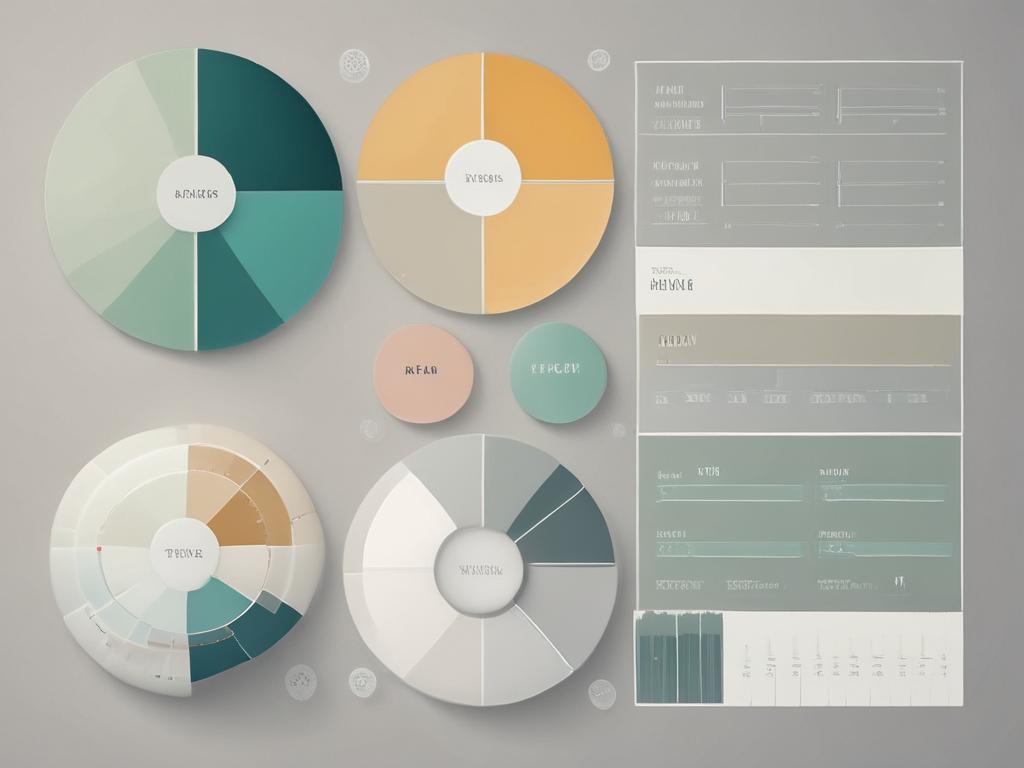
In today’s data-driven landscape, businesses are inundated with vast amounts of information. To navigate this sea of data effectively, companies must harness the power of data visualization. Discover how effective data visualization can transform your business intelligence strategies by turning complex datasets into clear, actionable insights. By visually representing data trends and patterns, organizations can identify opportunities, uncover challenges, and make informed decisions that drive growth.
Impactful visual data insights can profoundly enhance your decision-making process. By utilizing graphs, charts, and dashboards, businesses can communicate information more effectively than traditional spreadsheets or reports. In this blog post, we will explore the key benefits of embracing data visualization, demonstrating how it can not only streamline operations but also empower teams to achieve greater success. Join us as we delve into the transformative world of data visualization and its pivotal role in shaping modern business intelligence strategies.
Discover how effective data visualization elevates your business intelligence strategies
Effective data visualization empowers organizations to translate complex datasets into clear and actionable insights. By utilizing charts, graphs, and interactive dashboards, businesses can easily spot trends, outliers, and patterns that would otherwise remain obscured in raw data. This visual clarity not only enhances understanding among stakeholders but also fosters a culture of data-driven decision-making within the organization. As teams engage with visual representations of their data, they can quickly grasp key performance indicators and make informed choices that align with strategic goals.
Moreover, investing in robust data visualization tools significantly enhances collaboration across departments. By presenting data in an accessible and engaging format, teams can share insights seamlessly, facilitating informed discussions and strategic planning sessions. Whether in marketing, finance, or operations, effective data visualization breaks down silos and ensures that everyone is aligned. Ultimately, when businesses embrace data visualization as a core component of their business intelligence strategies, they unlock a powerful means of driving growth, optimizing processes, and gaining a competitive edge in their respective industries.
Transform your decision-making process with impactful visual data insights
In today's fast-paced business environment, decision-making hinges on timely and accurate information. Effective data visualization converts raw data into engaging and comprehensible visuals, facilitating quicker interpretations and insights. When decision-makers utilize intuitive charts, graphs, and dashboards, they can identify patterns and trends that may otherwise go unnoticed in traditional data reports. This clarity allows businesses to act swiftly on opportunities, mitigate risks, and refine strategies based on a deeper understanding of their data.
Moreover, impactful visual data insights foster collaboration among teams and stakeholders. When individuals across departments can easily comprehend visualized data, they can align their perspectives and contribute to informed discussions. This shared understanding enhances teamwork and drives collective decision-making, ensuring that everyone is on the same page. By leveraging data visualization, businesses can establish a culture of data-driven decision-making, ultimately leading to more effective strategies and improved outcomes.
The key benefits of embracing data visualization for business growth and success
Data visualization plays a crucial role in simplifying complex information and making your data more accessible. By transforming raw data into engaging visuals, such as charts and graphs, businesses can quickly identify trends, correlations, and outliers. This clarity empowers teams to make informed decisions faster, minimizing the time spent interpreting dense spreadsheets or lengthy reports. As a result, organizations experience enhanced productivity, allowing employees to focus on strategic initiatives rather than getting mired in data confusion.
Moreover, effective data visualization fosters collaboration across departments by presenting information in a universally understandable format. When teams can easily grasp insights through visual storytelling, they align their goals and strategies more effectively. This alignment drives innovation and accelerates business growth, as teams can readily adapt to changing market conditions and customer behaviors. With enhanced communication skills bolstered by data visualization, organizations build a culture of data-driven decision-making that ultimately leads to sustainable success.